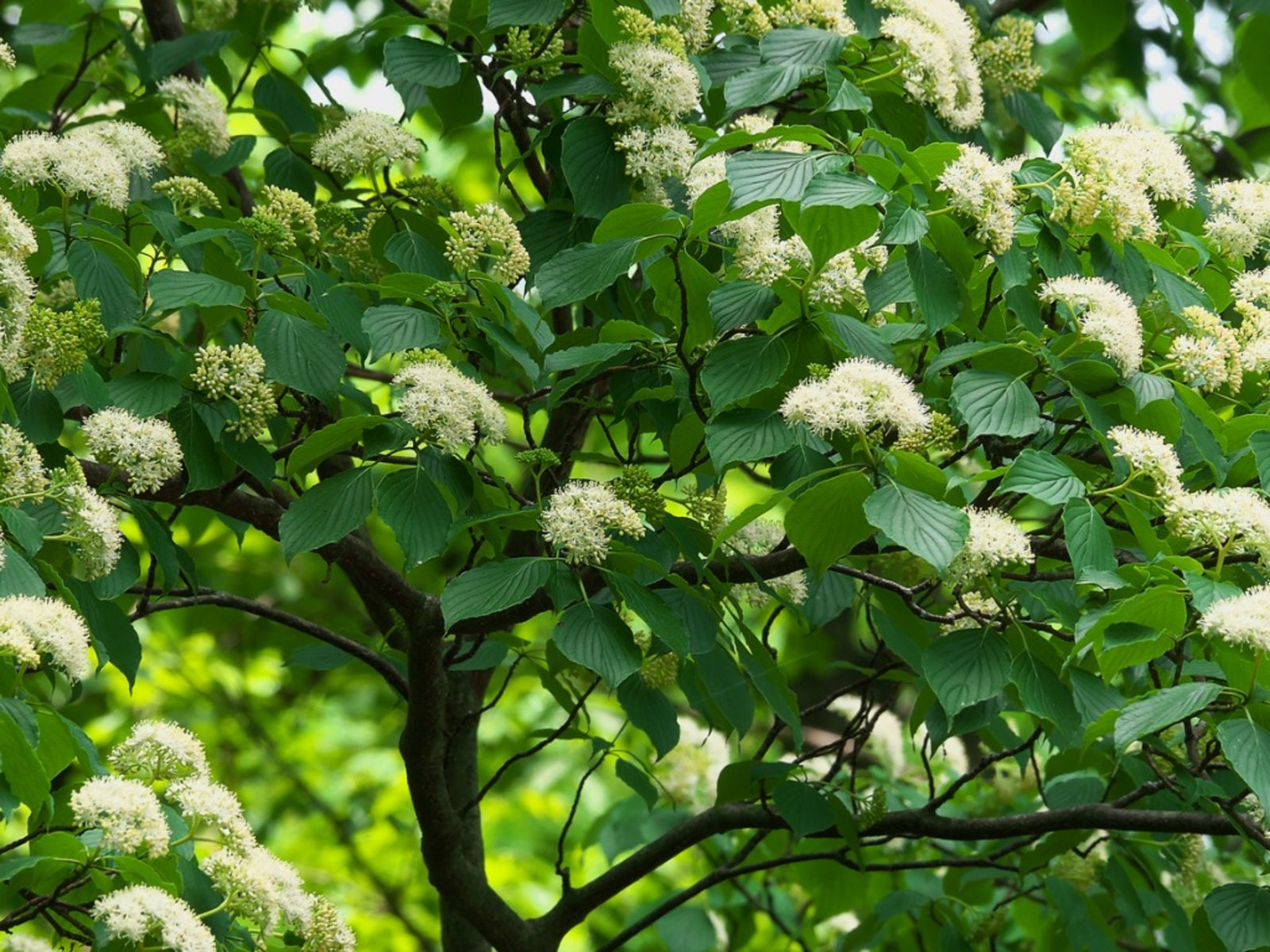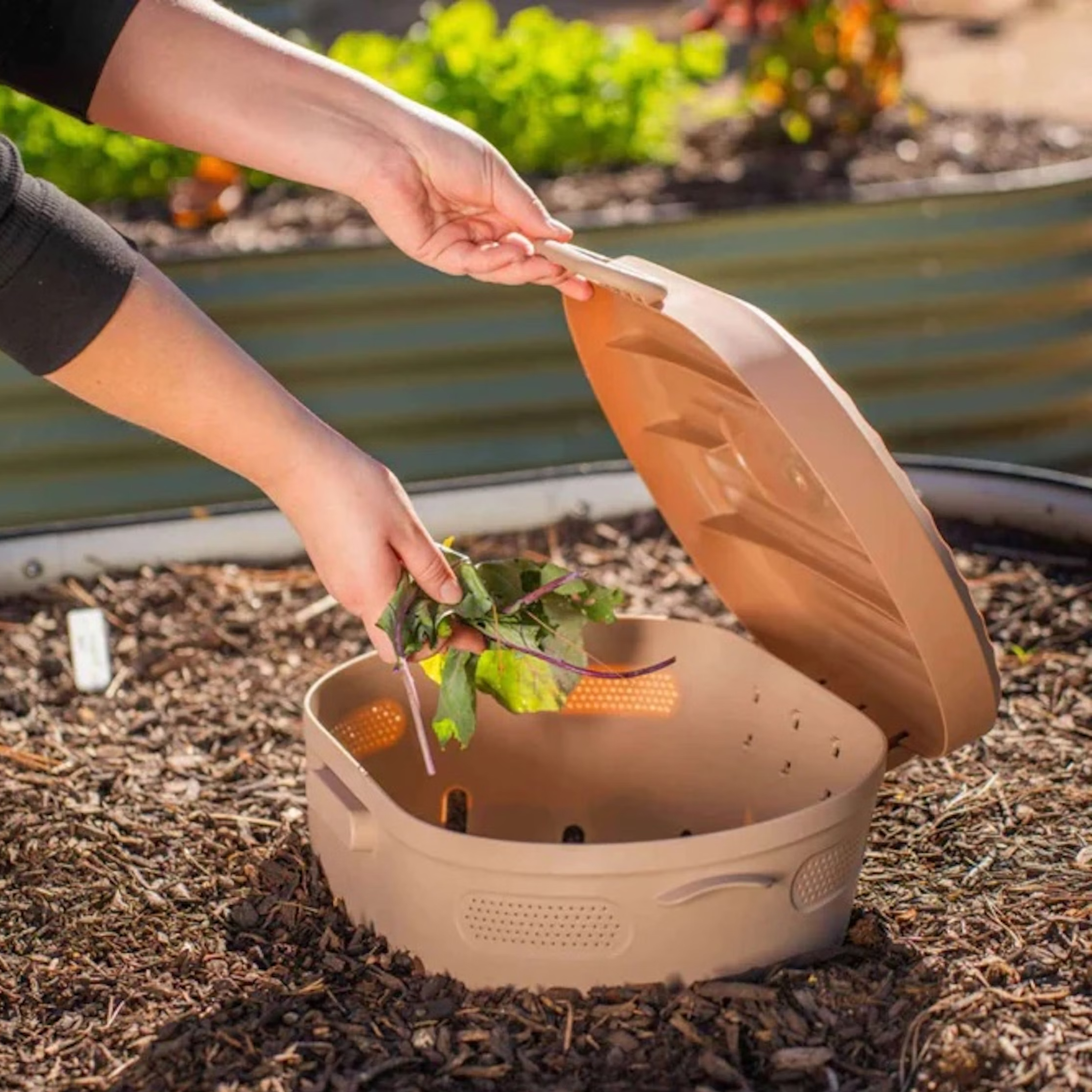Pagoda Dogwood Care: Learn About Growing Pagoda Dogwood Trees


If you’ve ever seen an elaborate Japanese pagoda, you know how the structure’s roof spreads out in symmetrical layers. The branches of pagoda dogwood are dense and layered too, and pagoda dogwood information says the trees get their common names from this branch structure. Despite its common name, the pagoda dogwood is actually a North American native shrub found in New Brunswick, the eastern parts of the United States, and west to Minnesota. For more pagoda dogwood information, including tips for pagoda dogwood care, read on.
Pagoda Dogwood Information
Pagoda dogwood (Cornus alternifolia) is a large shrub or small tree for a garden or backyard. The pagoda dogwood is hardy in the U.S. Department of Agriculture plant hardiness zones 3 through 7. It is also an attractive plant. When you are growing pagoda dogwood trees, you’ll see that the branches are tiered and horizontal, turning up slightly at the tips. Pagoda dogwood information suggests that the blossoms are also a nice addition to a landscape. Although they are small, the creamy flowers are very fragrant and bloom in 2 to 3 inch (5-8 cm.) groupings in late spring. These give way to berry-like drupes, the color of blueberries that appear on crimson stalks. The fruits mature in late summer. The long, oval leaves turn purple in autumn. This dogwood is of great benefit to wildlife. The flowers attract butterflies and the dense foliage provides excellent nesting conditions for birds, while the drupes make meals for them too.
Pagoda Dogwood Growing Conditions
When you are growing pagodas, you’ll be particularly interested in tips about pagoda dogwood growing conditions. In fact, the trees have quite specific requirements. Ideal pagoda dogwood growing conditions include a sunny planting site that gets some shade during the heat of the afternoon. You’ll want to find a spot with moist, fertile soil. The soil should also be acidic and well-drained. If you find a great planting location, growing pagoda dogwood trees requires less effort. That doesn’t mean that no pagoda dogwood care is required, however. Pagoda dogwood information suggests that these plants require regular irrigation. This is especially important in areas that do not get precipitation in the summer. It also helps your pagoda dogwood if you mulch the root area regularly. This locks in the moisture and also stabilizes the soil temperature.
Gardening tips, videos, info and more delivered right to your inbox!
Sign up for the Gardening Know How newsletter today and receive a free copy of our e-book "How to Grow Delicious Tomatoes".

Teo Spengler is a master gardener and a docent at the San Francisco Botanical Garden, where she hosts public tours. She has studied horticulture and written about nature, trees, plants, and gardening for more than two decades. Her extended family includes some 30 houseplants and hundreds of outdoor plants, including 250 trees, which are her main passion. Spengler currently splits her life between San Francisco and the French Basque Country, though she was raised in Alaska, giving her experience of gardening in a range of climates.
-
 Try The Trend – Turn Any Bed Into A Keyhole Garden With This Clever In-Ground Composter
Try The Trend – Turn Any Bed Into A Keyhole Garden With This Clever In-Ground ComposterKeyhole gardening is an efficient and sustainable practice that saves space. Get started on this DIY project quickly and easily with an in-ground composter.
By Bonnie L. Grant
-
 4 Superfast Composting Methods: Turn Waste Into Garden Gold In 30 Days Or Less
4 Superfast Composting Methods: Turn Waste Into Garden Gold In 30 Days Or LessTry the fastest composting methods to turbocharge your pile and transform kitchen scraps and garden waste into finished compost in just a few weeks.
By Mary Ellen Ellis